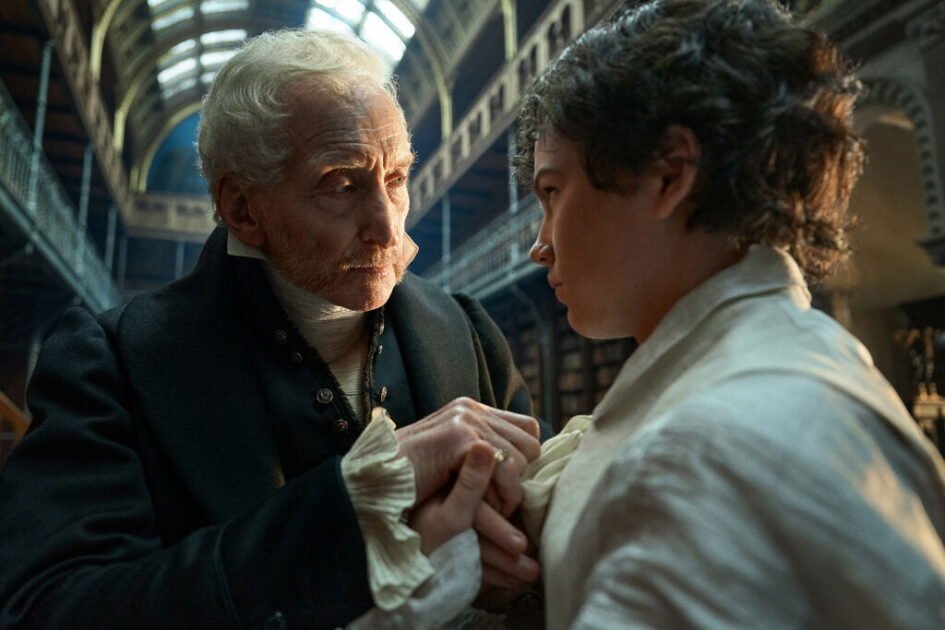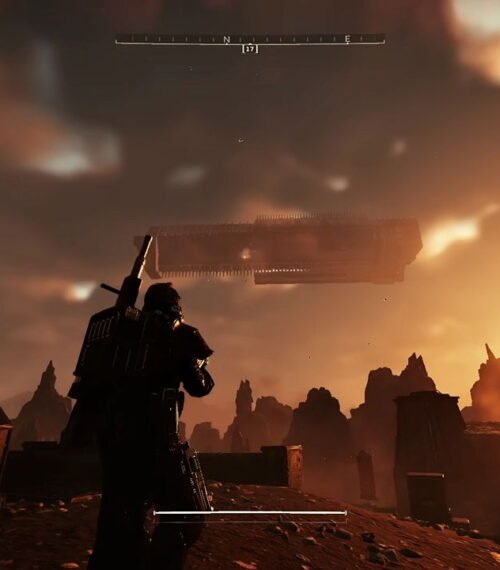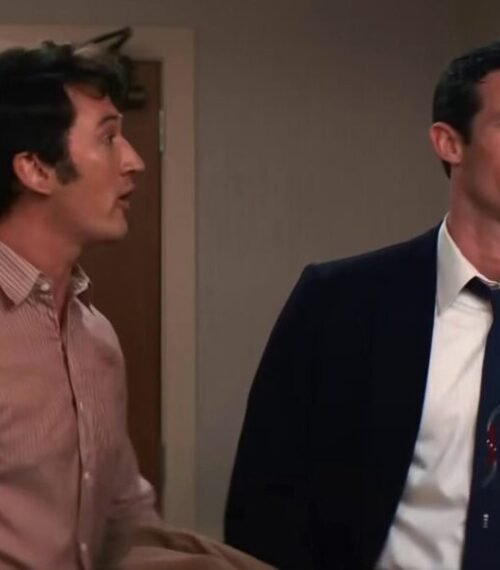When people think of Frankenstein, somehow it always rounds up to be a horror image or a spooky film. Even when Mary Shelley’s original 1818 text was all about gothic romance, the idea of Frankenstein has morphed into something grotesque over the years, thanks to the myriad of scary adaptations.
But now, Guillermo del Toro has promised that his upcoming Frankenstein won’t be just another fiction about monsters. Speaking with Deadline, the filmmaker mentioned that the movie starring Oscar Isaac as Dr. Victor Frankenstein and Jacob Elordi as his tragic creation, will be a deep and emotional story about family, guilt, and creation.
After 30 years of making fantasy films, you know they can be something on top of that. And I think [Frankenstein] is a family drama in many ways. It’s about the very Catholic notion of fathers and sons, and the pain that we transmit from one to the next generation.
So, there’s that sort of level of emotion. After 200 years, for the book and the story to still provoke compassion and fear of crossing a boundary, those are things I think we innovated in a beautiful way.
The director insisted that his upcoming movie is a family drama that explores the pain passed from one generation to another. So it seems that del Toro, known for his love of Gothic beauty and misunderstood creatures, has actually understood the crux of Shelley’s dark tale and turned it into something tender and human, about compassion, loneliness, and the deep ache of wanting to belong.
How Guillermo del Toro Honors Mary Shelley’s Themes of Gothic Romance
So far, most films adapted from Mary Shelley’s Frankenstein have often focused on the themes of horror, when in fact, the novel has never truly been a horror story. At its core, the original 1818 text was a tragic and emotional tale about love, creation, and what it means to be human. But sadly, thanks to the way films have brainwashed non-readers, Shelley’s novel has become a story about lightning storms and scary monsters.
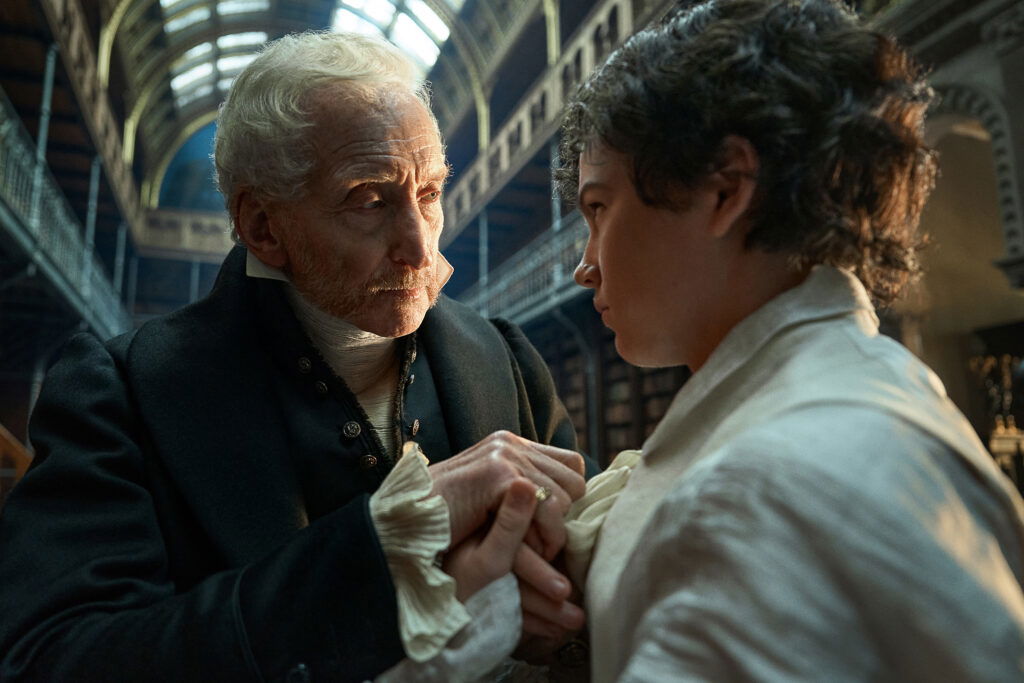
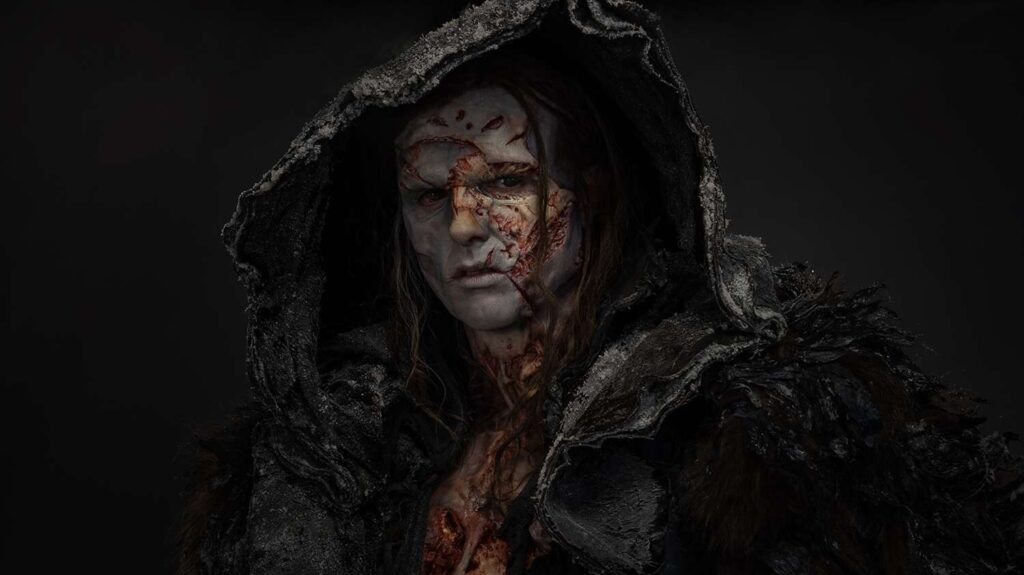
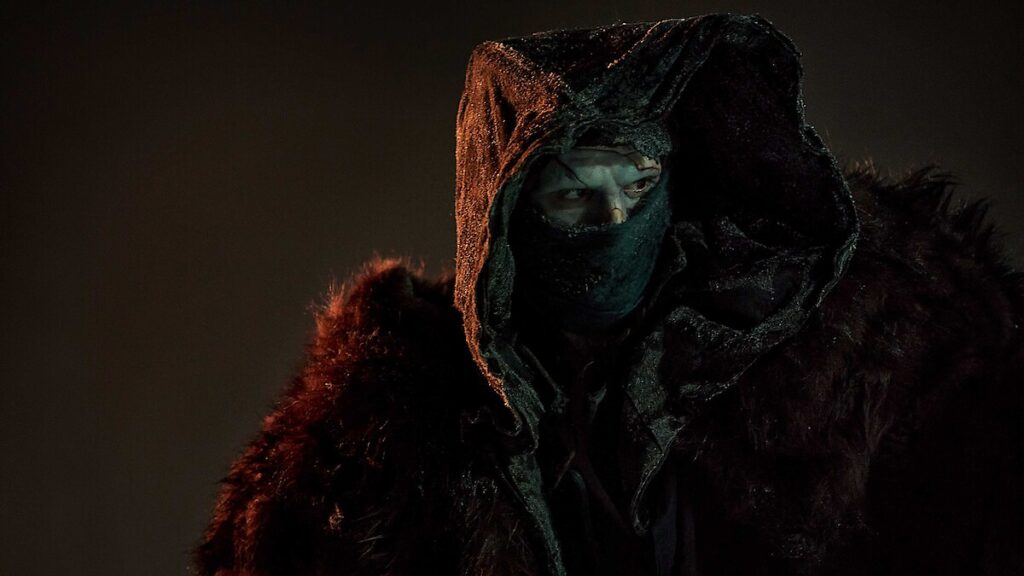
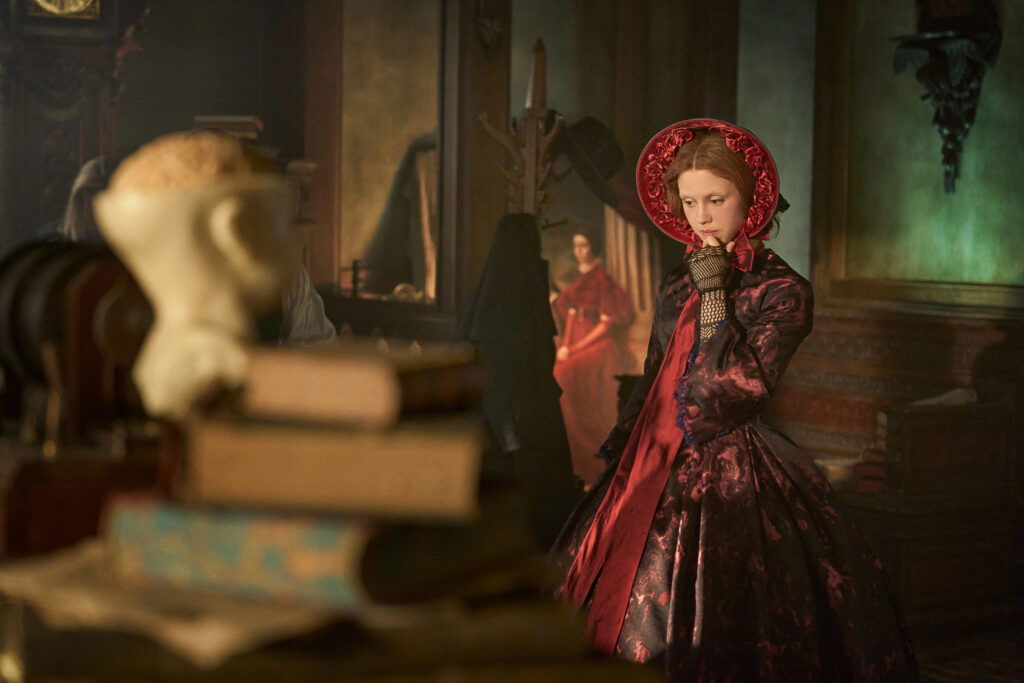

But if you look deeper, you’ll realize how the story has always been a deep Gothic romance about pain, loneliness, and the dangers of ambition. In fact, it challenged the very idea of horror by giving the “monster” a soul and showing his longing for connection. And now, Guillermo del Toro’s upcoming adaptation seems to bring back that exact essence, the human side of horror that many past films have missed.
Most movie versions of Frankenstein have focused only on fear. They turned the creature into a terrifying figure, ignoring Mary Shelley’s emotional and philosophical message. And doing so, those older films became what Shelley had originally tried to question: does the idea that being “different” automatically make someone monstrous? But now, del Toro has promised to take a different route.
To him, Frankenstein’s creature isn’t a symbol of horror but an individual, despite being different, who is capable of emotion, confusion, and love. This is how del Toro’s version stays faithful to Mary Shelley’s core ideas by emphasizing compassion and imperfection. He explores the pain of being misunderstood, the longing to belong, and the emotional distance between fathers and sons that has been prevailing for generations.
These are the same ideas that Shelley wrote about when she showed how Victor Frankenstein abandoned his creation. And thus, the result became a tragedy not born from evil, but from neglect and the lack of empathy. In Guillermo del Toro’s hands, the story becomes less about monsters and more about the fragile heart of humanity. Like Shelley, del Toro blurs the line between human and monster.
The table contains basic details on Guillermo del Toro’s Frankenstein:
Therefore, by focusing on trauma, forgiveness, and the cost of creation, del Toro’s version honors the Gothic spirit of Shelley’s novel. That’s why, we believe that in many ways, Guillermo del Toro’s Frankenstein might become the most faithful adaptation ever made. Instead of chasing jump scares, it dives into the emotions that Shelley first explored more than 200 years ago.
Why Did the Director Drop the Idea of Splitting Frankenstein Into Two Films
Meanwhile, delving into the process of creating Frankenstein, Guillermo del Toro told The Wrap that he first planned to split the film into two parts. Why? Because he wanted one part to be told from Dr. Frankenstein’s point of view and the other from the creature’s. The idea made sense at first, since both characters live through completely different kinds of pain and guilt.

However, later on, del Toro realized that separating them would break the emotional rhythm of the story. Considering how the story at its core is about the perpetual distance between fathers and sons, which results in a lack of guidance, love, and empathy, the director realized that separating the story by its core theme would actually make the film bland.
I realized the best way to do it was to actually have a hinge in the middle of the movie, because it would feel more exciting. It would feel like, ‘Oh, we’re going to get to see that,’ which is one part of the book that has rarely been tackled and everything that has been tackled before I wanted to do in a different way. In a way that was renewing it.
Instead, he found a better way by creating a “hinge” moment in the middle of the film. This turning point, he explained, would connect both perspectives while keeping the story exciting and emotionally rich. The shift in point of view allows the audience to experience both sides of creation, the pride of a maker and the agony of what’s been made.
By keeping Frankenstein as one complete film, Guillermo del Toro preserved the unity and tension that Mary Shelley built in her novel. Rather than stretching the story, he focused on renewing it, keeping its spirit intact while finding a modern rhythm.
Share your opinions and expectations of Guillermo del Toro’s Frankenstein.
Frankenstein is set to have a limited theatrical release in the US on October 17, 2025.

